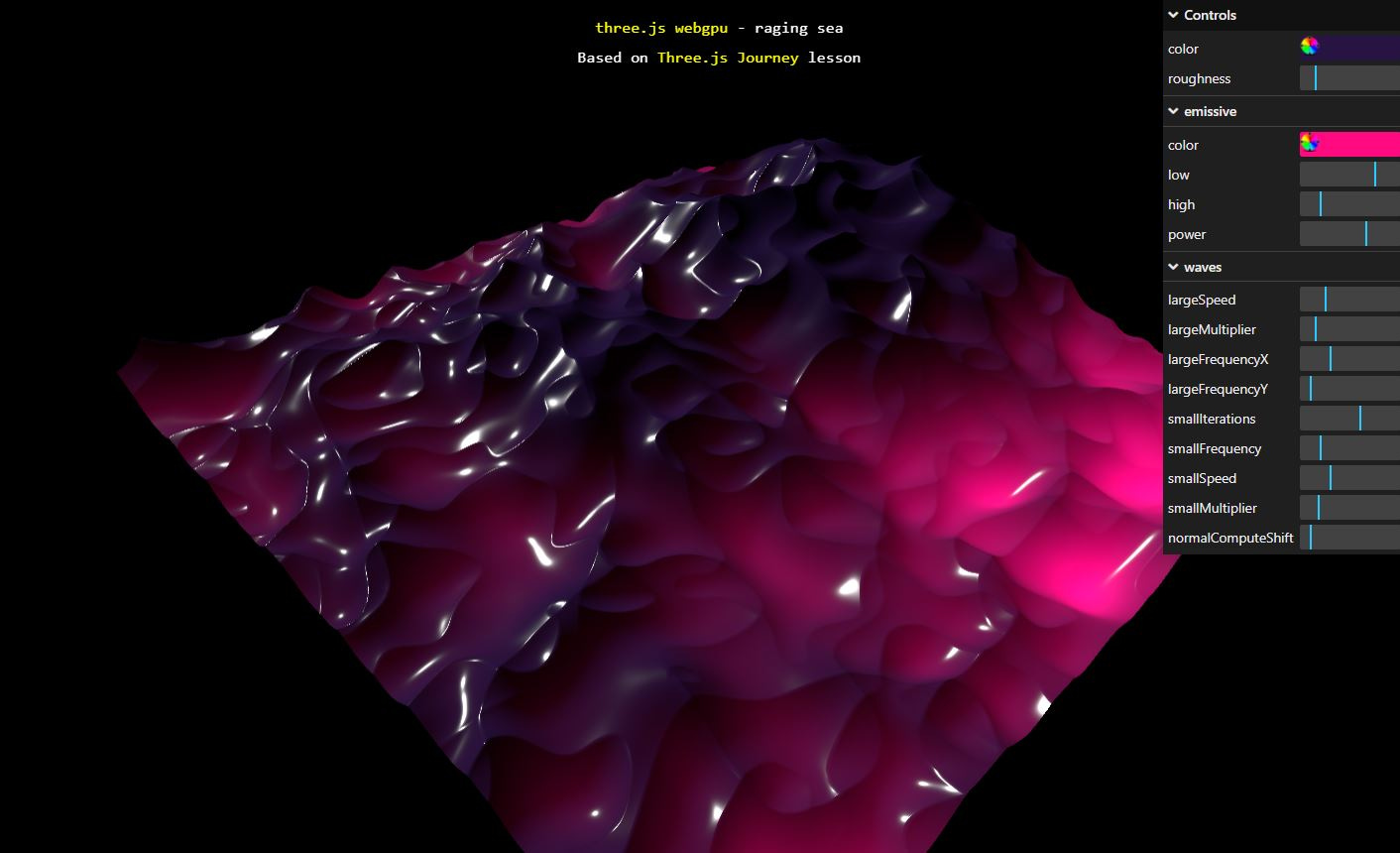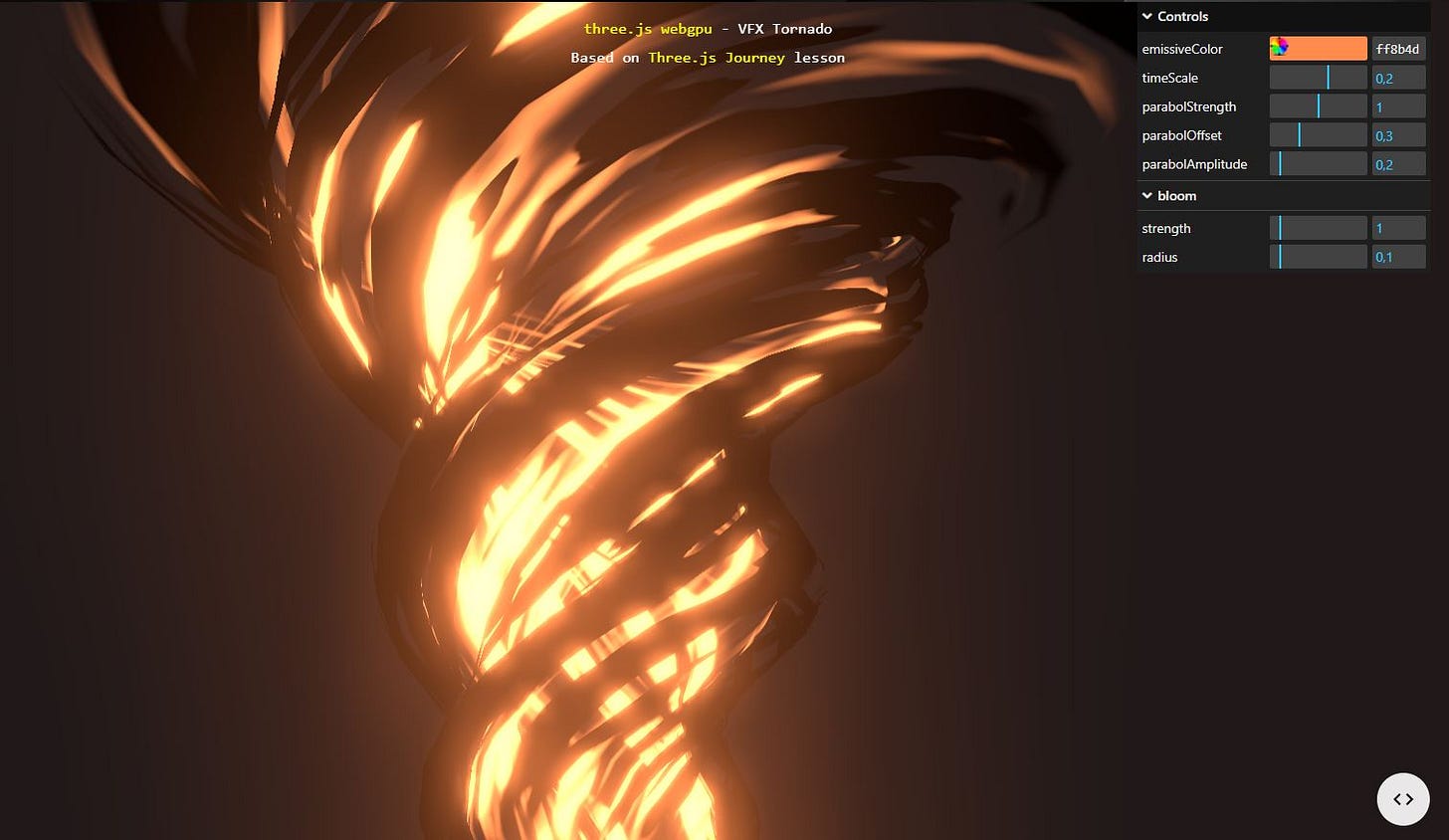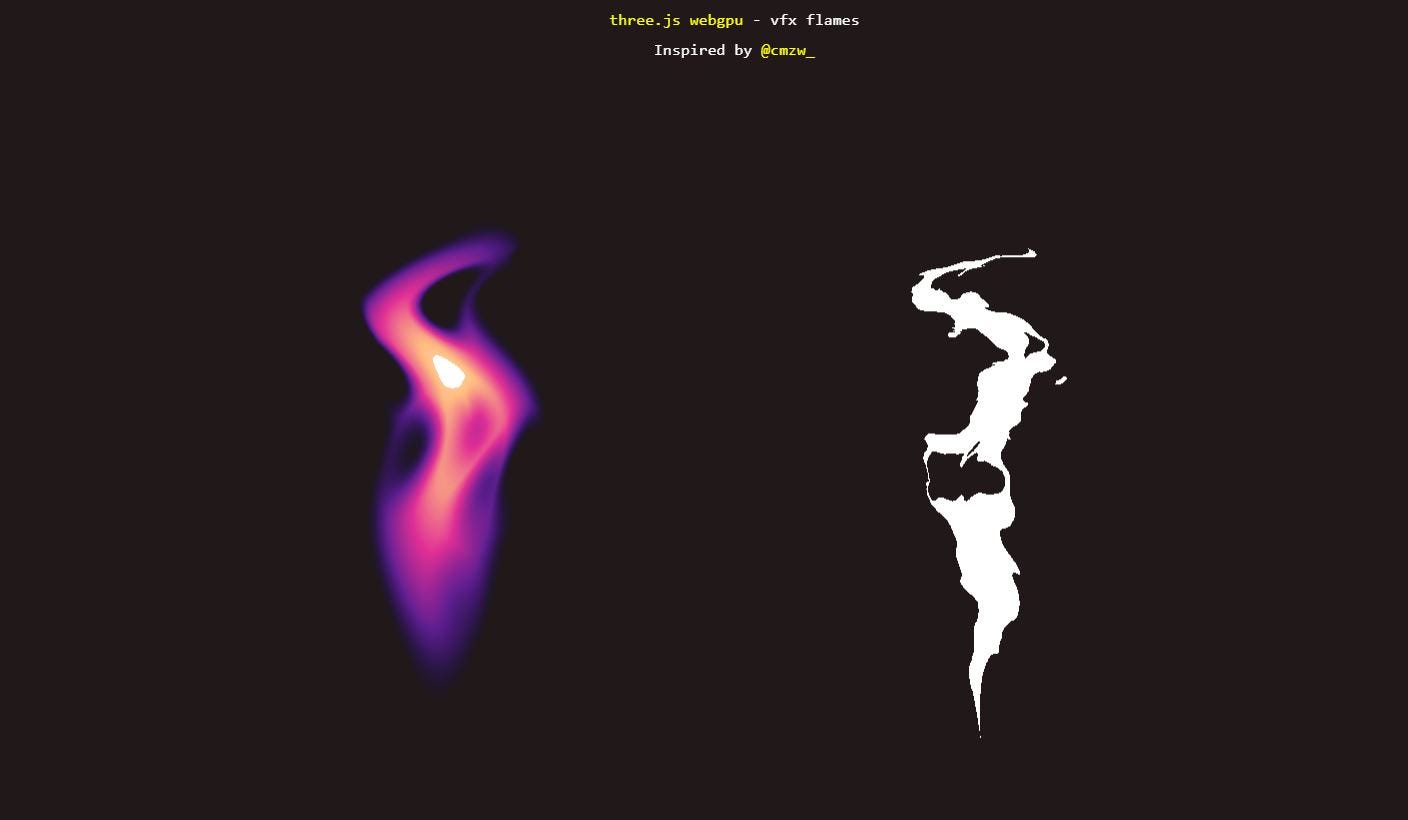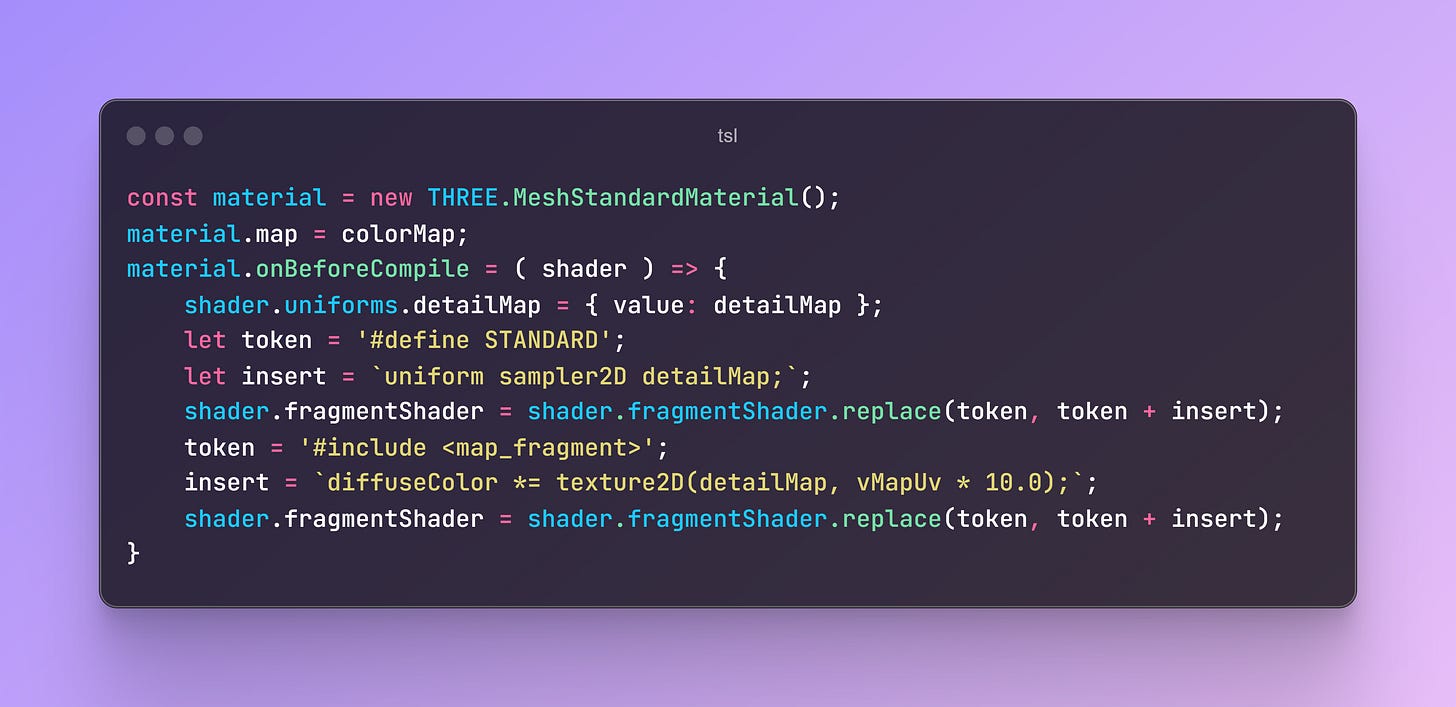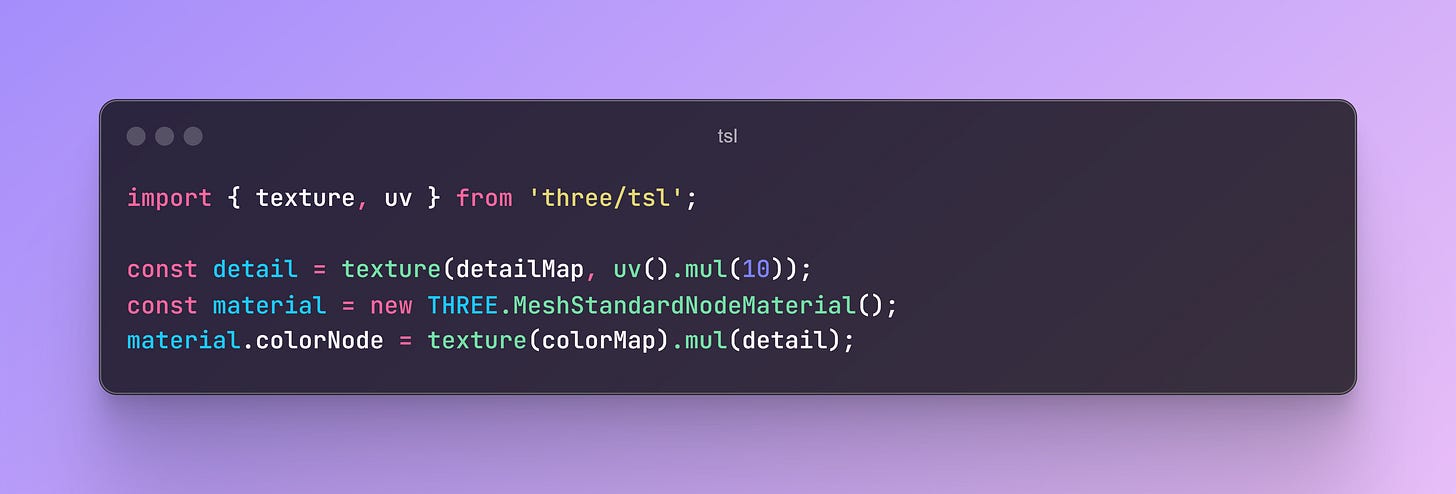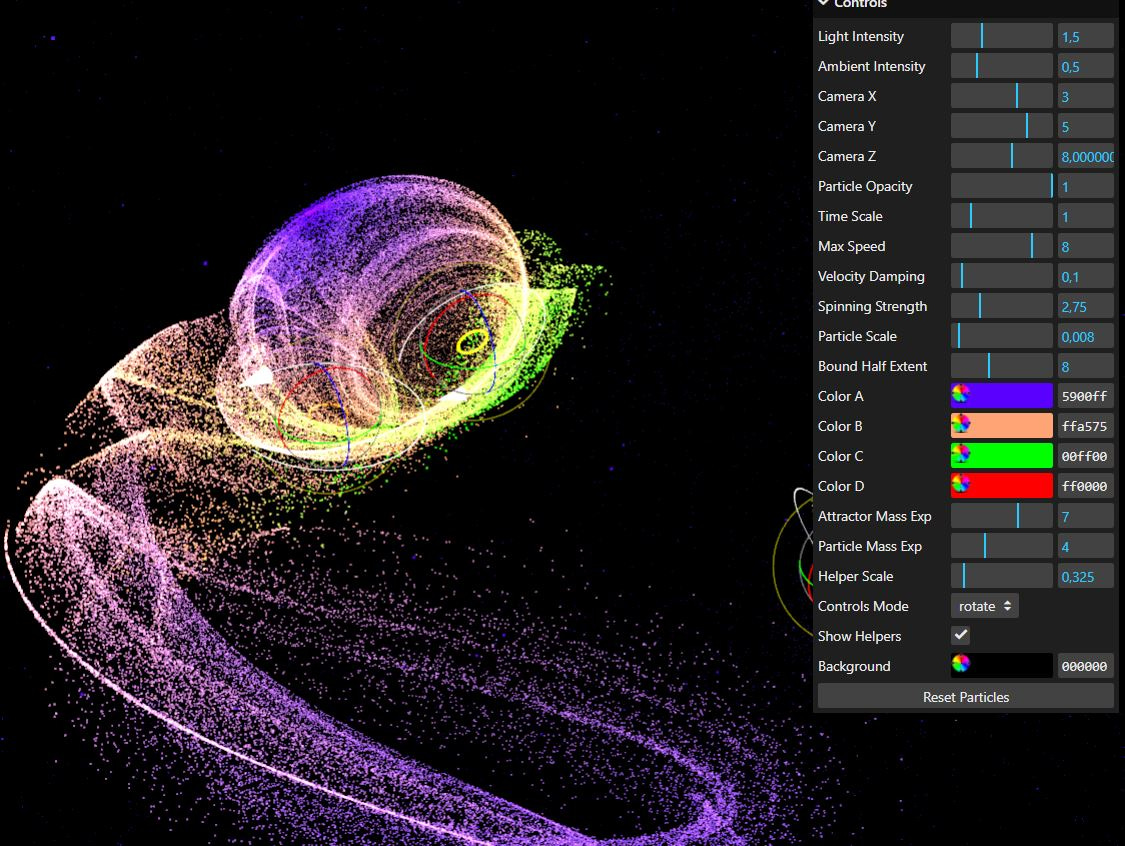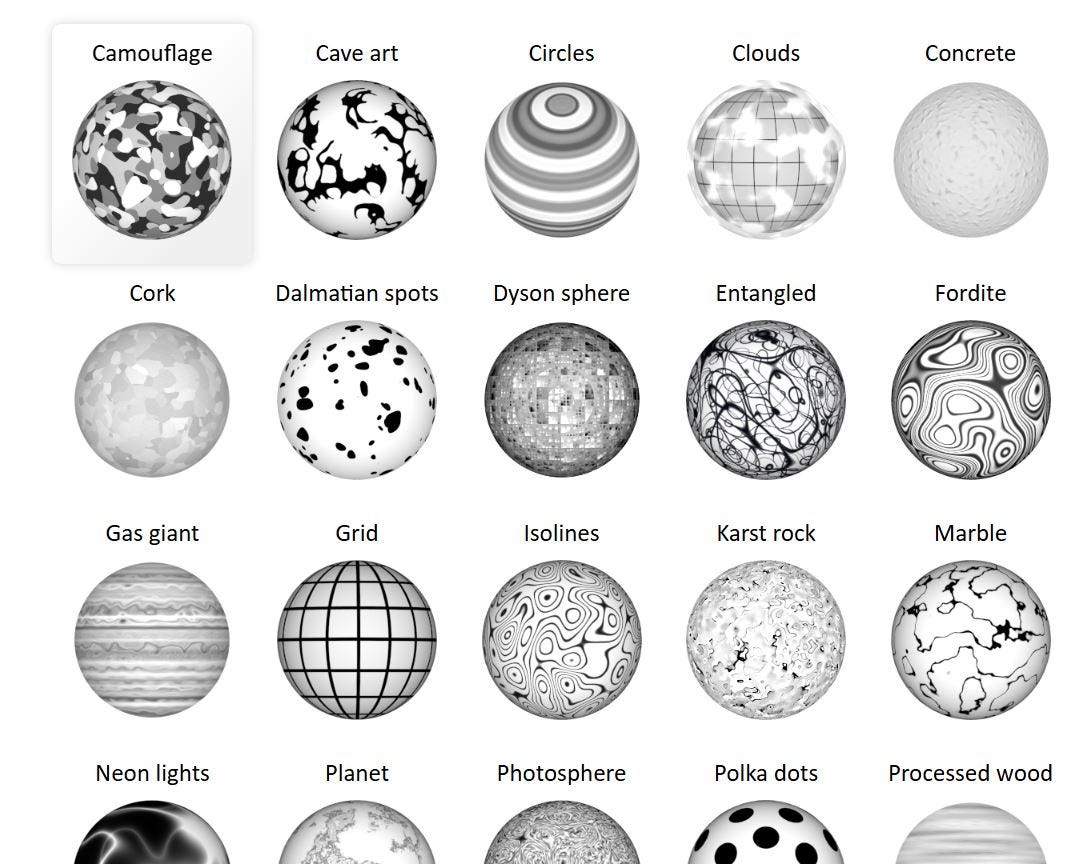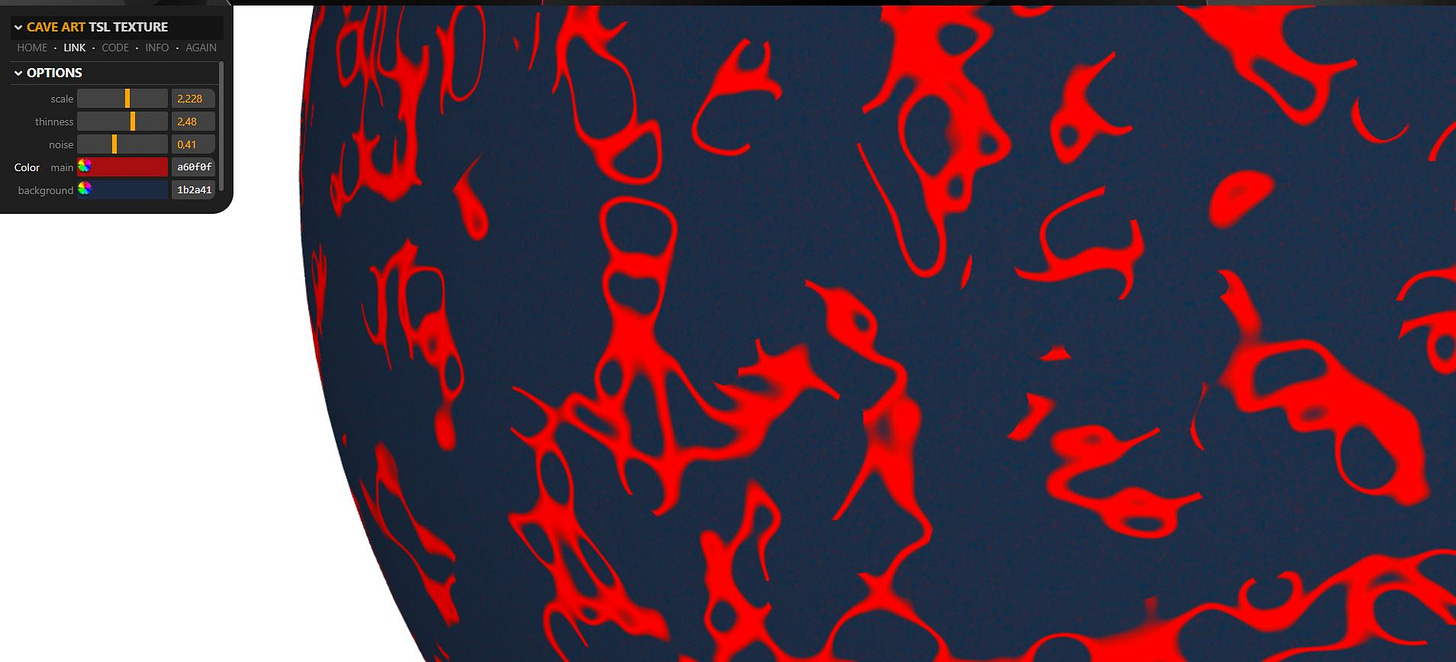What is TSL? And Why It’s Better Than GLSL
TSL simplifies 3D graphics creation with a visual, node-based approach, reducing coding complexity and enhancing creativity
Imagine you're developing a video game or a 3D graphics project. You know you need to create shaders – those magical little programs that define how things appear on screen – but suddenly you find yourself struggling with the complexity of writing them in languages like GLSL (OpenGL Shading Language). It can be a tedious process, right? You’re not alone in feeling this way. Many developers experience frustration, anxiety, and even fatigue when dealing with these dense and technical codes. 😫💻
But what if there was an easier, more modern way to approach this? Enter TSL (Three.js Shading Language). It's not just a tool; it's almost a relief for any programmer who wants to focus more on creativity and less on technical complexity. Stick around and discover how TSL could change the way you view 3D graphics creation. 🚀🎨
The Necessary Change in 3D Graphics 🌐
Today, 3D graphics development has made a huge leap forward. We've moved from using older APIs like WebGL to more advanced technologies like WebGPU. This shift is not just a surface-level improvement; it allows for much more efficient performance by leveraging the capabilities of modern GPUs. But, of course, with big changes come new challenges. WebGL used GLSL, while WebGPU requires WGSL (WebGPU Shading Language), meaning developers must adapt to this new environment. 🔄📈
This is where TSL comes in, emerging as an ideal solution to facilitate this transition and make it more accessible. But why is it so important? Let’s dive in. 🕵️♂️
TSL: The Tool You’ve Been Waiting For 💡🔧
Developing 3D graphics should be exciting and not a mountain of technical frustrations. Negative emotions like frustration and anxiety often arise when a programmer sits down to write a shader and encounters hundreds of lines of complicated code, thinking, “This should be easier.” TSL is here to change that narrative and make the process more intuitive, enjoyable, and, above all, more human. 🧑💻😊
What Makes TSL So Special? 🌟
Ease of use: Have you ever worked with tools like Unreal Engine, Blender, or Unity? If so, you’re probably familiar with their visual node-based approach. TSL adopts this approach, allowing you to visualize and connect effects much more simply without the need to write endless lines of code. 📝➡️🔗
Automatic adaptation: Can you imagine not having to worry about which shading language to use? TSL makes it possible by automatically converting the code to GLSL for WebGL or WGSL for WebGPU. One less worry on your list. 🌀🔄
Modularity and maintenance: Clean code is not just nice to look at; it’s also much easier to maintain. TSL’s node-based structure makes reading, modifying, and updating shaders simple. 📚🛠️
Accessible to all: Not an expert in shaders? No worries. TSL is designed so that any developer, regardless of experience level, can create and modify complex graphics. 👨🏫🤝👩💻
Comparison: GLSL vs. TSL ⚖️🆚
The best way to see the advantage of TSL is through practical examples. Let’s say you want to add details to an object’s surface, like small cracks or reliefs, to make it more realistic. Here’s how you’d do it in GLSL and then in TSL.
Traditional Code in GLSL ⬇️📝
Here's a typical example in GLSL:
Do you see how dense it can get? 😵💫 This code works, but it can quickly become a headache if you need to make more modifications or add new effects.
The Same Example in TSL 🟢👨🎨
Now, let’s see how this is done in TSL:
Much better, right?! 🙌 In just a few lines, you can achieve the same effect as in GLSL, but with cleaner, easier-to-read, and easier-to-understand code. This means fewer errors, less frustration, and more time for the fun part: creating. 🎉🖌️
Key Features of TSL 🛠️💎
TSL is not just a temporary solution; it’s an approach that brings new possibilities to 3D graphics development. Here are some of its standout features:
Modular approach: Every element of TSL is a
Node, enabling smooth communication and cohesive functioning between parts. 🧩💬Smart automation: Code generation is optimized so you can focus on what truly matters: creating stunning graphics without worrying about performance or compatibility. ⚙️💡
Guaranteed compatibility: No more rewriting shaders. TSL takes care of adjusting the code for the target API. 📝✅
Inspiration and Additional Resources 🌐🔗
The arrival of TSL opens a world of possibilities for programmers, from beginners to experts. If you're looking for practical examples and want to see TSL in action, check out this site with TSL examples, where various implementations in Three.js projects are showcased. Want to dive even deeper? Visit the GitHub repository to see how it’s implemented at a basic level. And if textures are your thing, this page with texture examples is a goldmine for learning and experimenting. 💎🔍
Final Thoughts 📝✨
There’s no doubt that TSL is marking a before-and-after in shader development. By adopting a more visual and modular approach, it’s lowering the entry barrier for many developers and making the process more collaborative, accessible, and, most importantly, creative. The transition to WebGPU may seem like a challenge, but with tools like TSL, it’s much more manageable. 💪🖥️
So, if you want to transform your 3D projects, reduce development time, and minimize errors, TSL is an option you can’t overlook. Experiment, play, and see how TSL can be your ally in creating advanced graphics without the headaches. 🎮🌟


